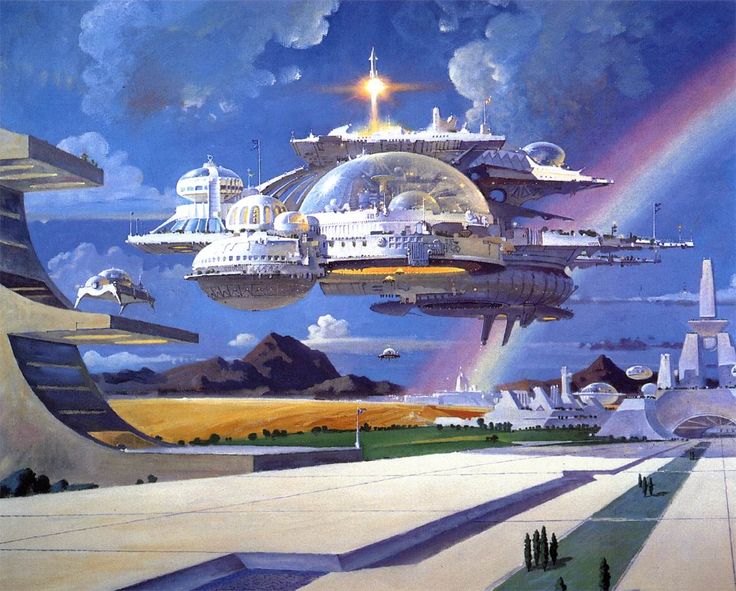Wine is more than grapes, terroir, weather, science and luck. If it were, wines would be made in a laboratory and not on the hills and dales of villages and communities around the world. Because the production of wine is complex and the resulting beverage is more than “something to drink,” consumers are taking the educational route to understanding what is in their glass and simultaneously increasing their wine consumption. We frequently take the growing interest in wine for granted; however, if we stepped back a few decades and looked at wine consumption in 1984, we would find an entirely different wine drinking environment. According to the Wine Institute (wineinstitute.org), in 1984 Americans were consuming 555 million gallons of wine; in 2015 we were drinking 913 million gallons of wine.
One of the reasons we have a heightened knowledge, appreciation and love of wine falls to an important wine guru, Harriet Lembeck. As a New Yorker, she did not grow up surrounded by vineyards and while an occasional glass or two was part of the contemporary social scene, her Bryn Mawr education focused on music (oboe) and chemistry.





